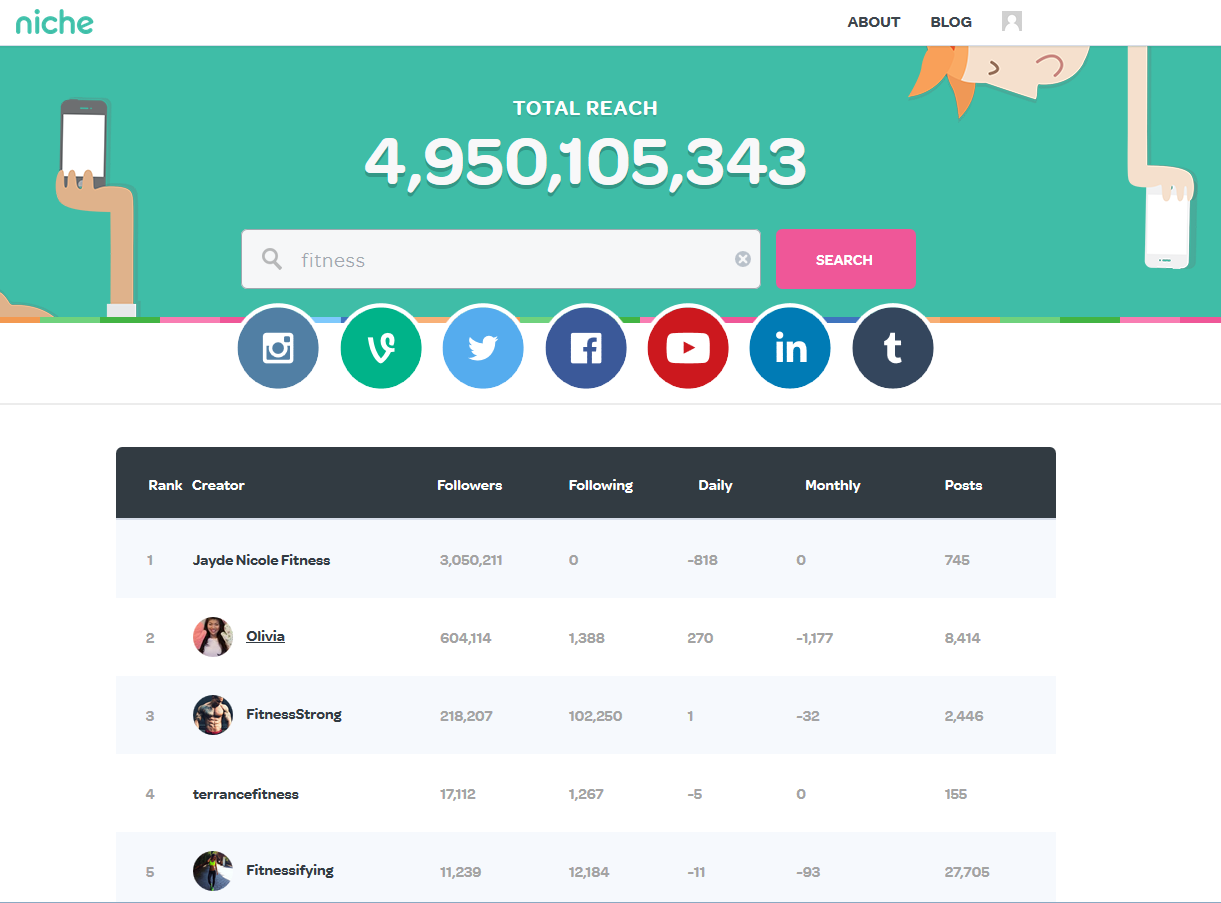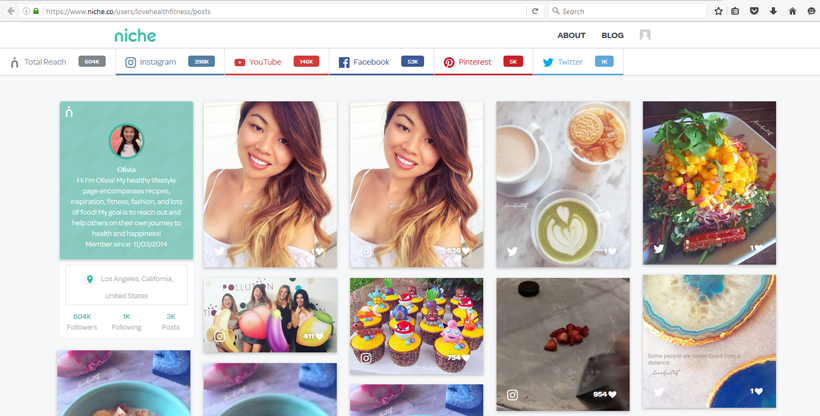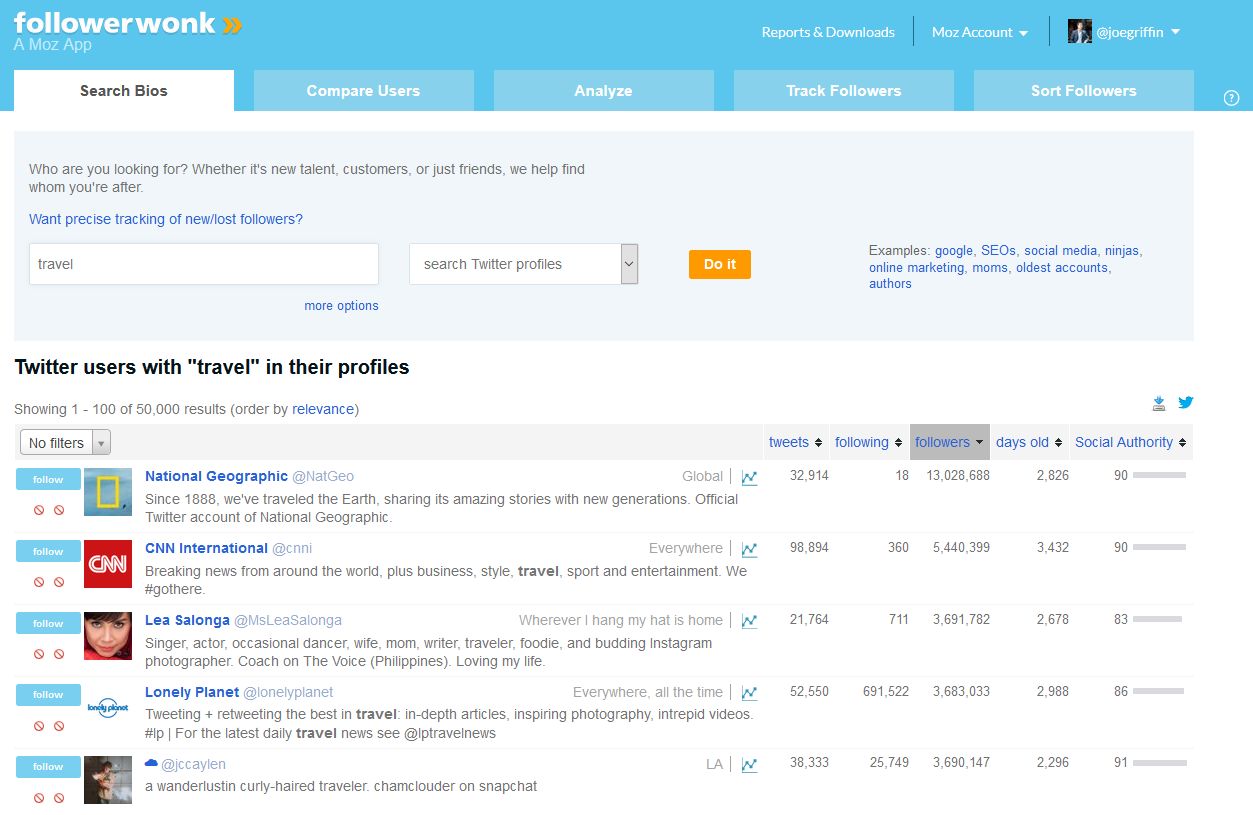Marketers who prioritize blogging generate more leads and see higher ROI than those who don’t. According to HubSpot’s State of Inbound 2015 report, companies are three times more likely to see a higher ROI with inbound marketing campaigns than they do with traditional paid efforts, and they generate 54 percent more leads with inbound tactics such as blogging.
But you can’t populate your blog by simply throwing content up on your pages. You need quality content that matters to your readers and keeps them coming back for more. And the key to creating such content is finding subject matter experts or influencers who can write what your prospects want to read and engage the kinds of readers you want to attract.
>> Download the Whitepaper: How to Integrate Influencers Into Your Content Marketing
Now, the market is saturated with content writers, good and bad. To identify key influencers in your space, you need to leverage tools that find the content creators who people pay attention to. There are plenty such tools out there, but today we’re going to take a look at three of the most popular ones and the results they get.
ClearVoice Content Studio
As content producers ourselves, when we set out to help companies find articles and influencers in their field, we spent a lot of time thinking about what would be useful to us. In the end, we created Content Studio, a powerful search tool that scours the web for popular content and returns the most shared articles and influencers.
Not only is Content Studio robust, it’s simple. To get started, enter a topic in the search bar. Let’s say you’re in the IT industry and you’re searching for influencers or articles related to network security. Content Studio will return both a list of the most popular articles recently published on this topic and the top influencers in this field.
Use the list of most-shared articles as inspiration for your own content creation efforts. What topics are people interested in and sharing? What types of content do they engage with the most? Take this information and use it to plan your content strategy.
You can find more influencers by clicking the “Show More” button or moving to the Influencers tab at the top. And if you click on an influencer’s name, you can see a complete list of articles they’ve published during the selected time frame.
As you can see here, Andrew Smith is a prolific expert on network security matters.
If you have a specific audience in mind, you can also narrow your search results to a specific social media site. For instance, if you’re writing for business professionals, you may want to see which tech articles are trending on LinkedIn.
As of this post, the Content Studio index contains over 130 million posts and more than 415,000 author profiles from over 253,000 web publishers, so regardless of your field, you should have no problem finding a substantial list of influencers and popular content.
Niche
Niche is designed primarily for content producers to showcase their work and track performance, but their leaderboards can be useful for finding key influencers in your area.
To start your search, visit Niche.co/leaderboard and type your query in the search box. I did a quick search for “fitness” and found 17 influencers with nearly 4 million followers and a combined 50,000 posts.
By clicking on any of the social media icons, you can sort your results to find the top influencers on a given network.
Or click on a creator’s name to view their profile. Along with a bio and stats, you will also find links to their postings across several social media sites.
As you can see from Olivia’s profile, she specializes in healthy lifestyles, fitness and food. She also has a large number of followers on Instagram, YouTube and Facebook. If those are the areas you’re looking to target, you may want to contact her.
The one drawback to Niche is that its search is based on the influencer’s name and profile keywords, so if they’re not members or they haven’t listed the specific keyword you’re looking for, they won’t come up in search results. For this reason, it’s best to use broad search terms.
Followerwonk
Followerwonk is a bit different in that it’s entirely focused on Twitter. Don’t let that fool you, though. It’s still a powerful tool for finding influencers.
Start by visiting the Followerwonk bio page and entering your search term. Followerwonk searches through Twitter user names and profiles and provides a list of top users matching your query.
For this sample search, I went broad with a search on “travel.” By default, results are sorted by the number of followers each user has, but I recommend clicking on the “Social Authority” link at the top of the search results. This sorts your list to display the users with the highest influence on Twitter.
How to hire an influencer
Once you have your list of influencers, the next step is to contact them to see if they’re interested in partnering with you. The easiest way to do this is to return to your results above and click on any of their social media links. You should be able to send them a message there. If not, visit one of their articles and look for their bio — in most cases, it will include a link to their website.
Before you reach out, read our guide on launching an influencer marketing campaign. It will help you define the relationship, set goals and pay rates and measure the results.
Once you reach the influencer, don’t be surprised if they say no. Top influencers are in high demand. They may not have time to take on a new project, they might be bound by a noncompete agreement, or they could be outside your price range. Whatever the reason, don’t get your heart set on a specific influencer. Instead, return to your list and keep at it until you find the right fit.
A note on collaborating effectively
Chances are, you have a pretty good sense of what you’re looking for from this partnership. But so does the writer you’re partnering with.
Remember, this person already has established credentials. Provide specific guidelines and offer feedback, but don’t try to mold their voice to fit your expectations. They won’t like that, and neither will their followers — the ones you’re trying to court.
Ask them how they think they can best help you. You might get some insight that will enable you to make better use of their strengths. Read this post from Inc. for more questions to ask your influencer.
Evaluate the fruits of your influencer partnership
No matter how much of an expert someone is or how many followers they have on Twitter, results are the most important thing. More clicks. More readers. More leads.
Before you start working with an influencer, run reports on your website and social media profiles to establish a baseline for performance. You can do all of this for free with Google Analytics.
On your website, pull reports on:
- Average number of views new posts receive
- Bounce rates
- Returning visitors
- Where your traffic is coming from
On social media, look at:
- The number of shares your posts receive
- The number of people clicking your links
Then, compare results after a week or two of publishing your influencer-created content. Ideally, you should see an increase in page visits, lower bounce rates and a higher percentage of repeat visitors. On social media, your shares and click-thrus should be on the rise, and you should be making gains in weaker outlets (without losing performance in others). For more detailed explanation of metrics, read our post on the types of content marketing metrics that matter.
If you don’t get the results you hoped for, don’t be afraid to let the influencer know you need to go in a different direction. Professionals will understand. Then go right back to the tools above and start looking for the next partnership that will help your content get noticed and shared.












